Innovation: Non-OBSIP Seismic Instrumentation Projects
In addition to supporting conventional passive- and active-source OBS experiments for OBSIP amounting to 919 deployments and recoveries, the WHOI OBS group has undertaken innovative work to advance a wide range other areas of seafloor seismic study and instrumentation.

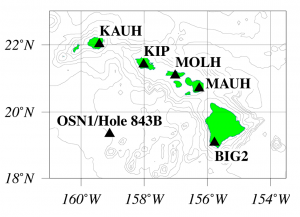
1998: Ocean Seismic Network Pilot Experiment
An experiment to from late January to early June of 1998 to designed to learn how to make sustained, high-quality, broadband seismic measurements in the deep oceans. MORE (pdf)
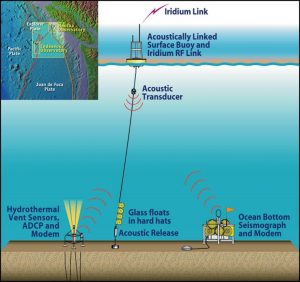
2004-2005: Acoustically-Linked Moored Buoy Observatory
A buoy-based ocean observatory using acoustic communication to retrieve data from sensors in the water column and on the seafloor out to ranges of three kilometers from the buoy. MORE (pdf)
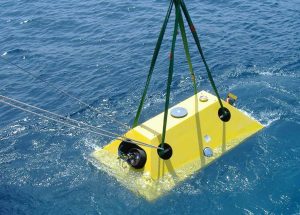
2006-2007: Lighthouse® Realtime Seafloor Seismic Station
The WHOI OBS Lab was contracted by Lighthouse, Inc., to design, build, and help deploy two real-time seismic stations in the Gulf of Oman connected by an 80 km fiber-optic cable. MORE (pdf)
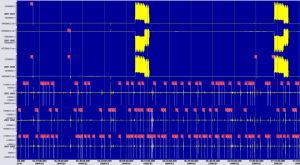
2008-2009: Keck Combined Strong-Motion/Broadband OBS
W.M. Keck Foundation-funded effort to determine the physical mechanisms responsible for the observed capability to predict, using foreshocks, large (Mw ~6) transform-fault earthquakes at the East Pacific Rise, and to gain greater insight into the fundamentals of earthquake mechanics in general. MORE (pdf)
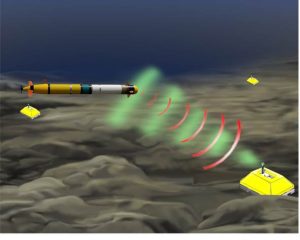
2015-: Seismic Data Retrieval Using an Autonomous Underwater Vehicle and High-Speed Optical Telemetry
Combining recent advances in optical telemetry and marine robotics, coupled with the availability of COTS low-power seismic sensors, data loggers and atomic clocks to enable multi-year deployments of OBS arrays that capable of delivering high-frequency, accurately-timed seismic data to shore with data latencies of hours to days without OBS recovery. MORE (pdf)
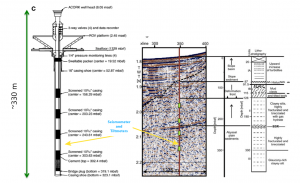
2016-: Keck Realtime Seismic/Geodetic Borehole Station
W.M. Keck Foundation-funded effort to design and build a seafloor geodesy observatory for deployment above the rupture zone of the next M9 Cascadia earthquake. MORE (pdf)